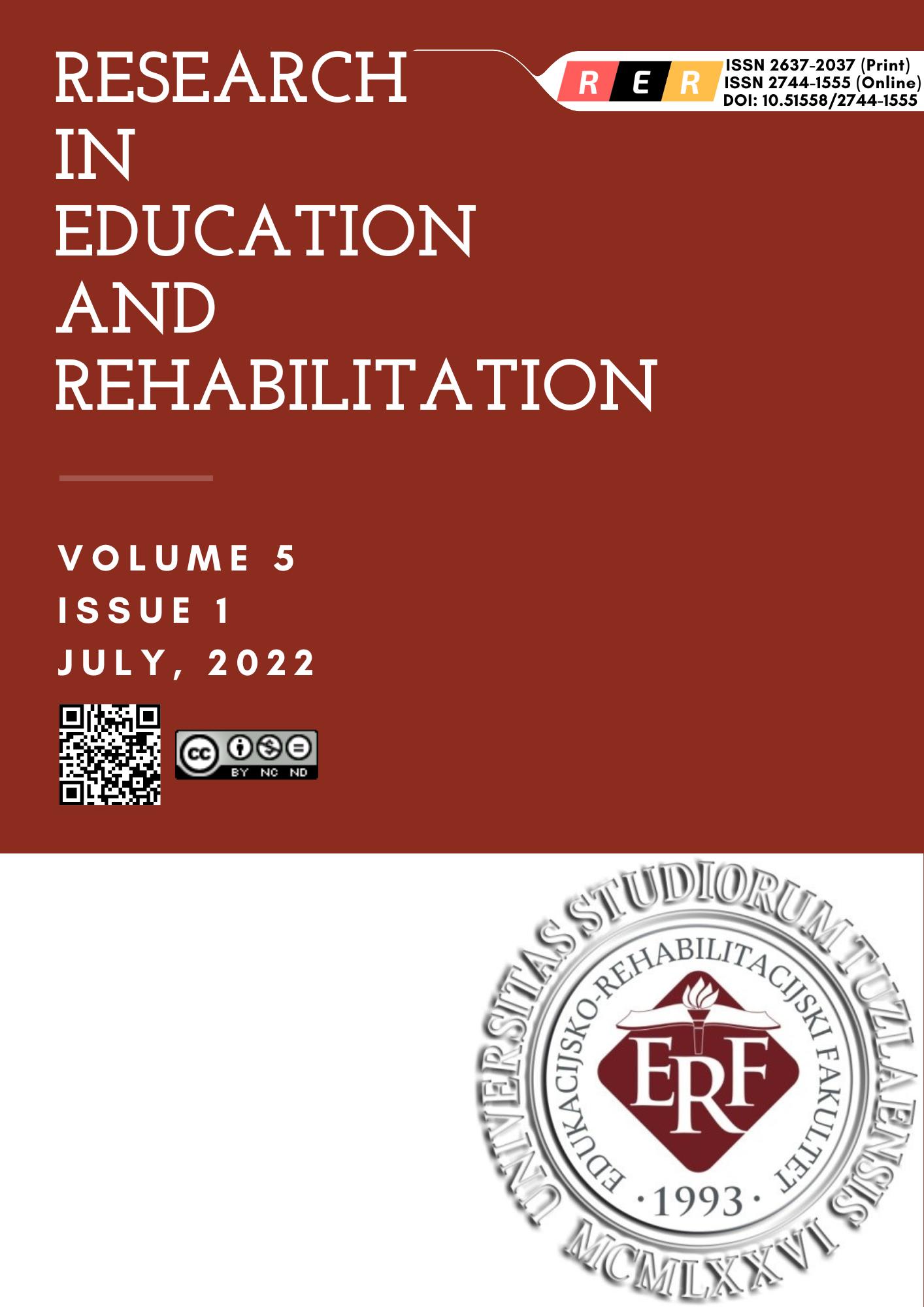UTICAJ DOBI PACIJENTA NA TRAJANJE PROCEDURE I KOLIČINU ISPORUČENOG ZRAČENJA PRI IZVOĐENJU DIJAGNOSTIČKE KORONARNE ANGIOGRAFIJE
THE INFLUENCE OF THE PATIENT'S AGE ON THE DURATION OF THE PROCEDURE AND THE AMOUNT OF RADIATION DELIVERED WHEN PERFORMING DIAGNOSTIC CORONARY ANGIOGRAPHY
Author(s): Alan Jahić, Emir Mujanović, Mugdim BajrićSubject(s): Health and medicine and law
Published by: Edukacijsko-rehabilitacijski fakultet Univerziteta u Tuzli
Keywords: Coronary angiography; coronary disease; procedure duration; age, amount of delivered radiation;
Summary/Abstract: The aim of the research was to determine whether the age of the patient affects the duration of the procedure and the amount of ionizied radiation delivered when performing diagnostic coronary angiography. The research was conducted at the Clinic for Invasive Cardiology of the Public Health Institution "University Clinical Center" Tuzla in the period from December2018. to January 2020. The research included a total sample of 240 respondents, average chronological age of 62.60 ± 9.22 years, ranging from 24 to 85 years. Out of a total of 240respondents, in 121 respondents coronarny angiography was performed using transradialarterial approach and 119 by performing a transfemoral arterial approach. The total sample was divided into two subsamples of respondents. The first sub-sample consists of respondents up to 65 years of age, and the second sub-sample consists of respondents over 65 years of age. During each performance of coronary angiography, the duration of the procedure (in minutes and seconds) and the amount of radiation delivered during the procedure (in m Gy)were measured. The research data were processed using the method of parametric and nonparametric statistics. The Mann-Whitney U test was used to verify the research objective. Based on the obtained research results, it can be concluded that in patients over 65 years of age, the duration of the coronary angiography procedure is longer, and is at the limit of statistical significance (p= 0.057). The amount of delivered radiation is higher in respondentsover 65 years of age, but it is not statistically significant (p= 0.396).
Journal: Research in Education and Rehabilitation
- Issue Year: 5/2022
- Issue No: 1
- Page Range: 9-16
- Page Count: 8
- Language: English

